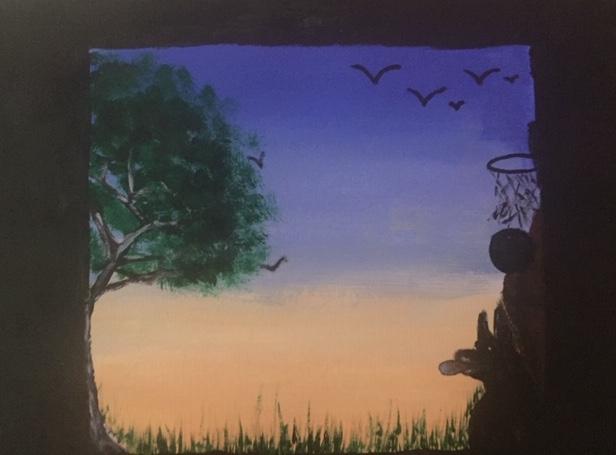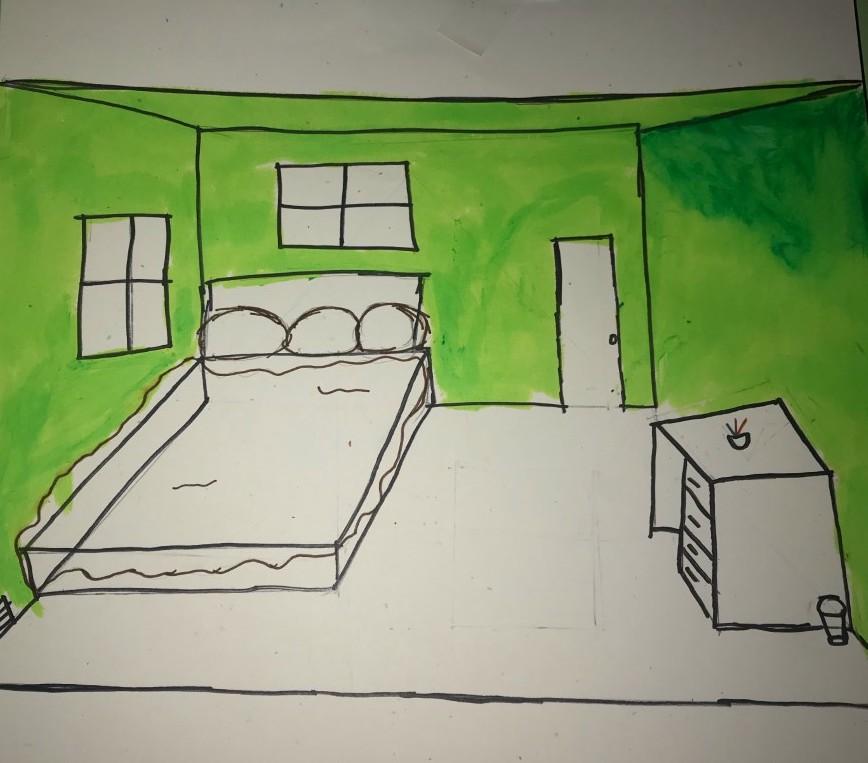Mary Cassatt painted many images of mothers and children. She painted the scenes that she saw around her: children taking a bath, playing in the sand, and spending time with their parents. Observing from real life, Cassatt was able to capture everyday moments.

Language
Look
What colors can you find in the armchairs? What patterns?
What is the little girl wearing? Describe her outfit.
Look carefully at how the little girl is sitting, then take the same pose with your body.
What else can you find in this room?
What do you think this little girl might be thinking or feeling? (To help children think through this question, draw a speech bubble on a printed version of the image and fill in what the girl might be saying.) Have you ever felt this way?
If you could talk to this girl, what would you ask her? What might she ask you?
Imagine this painting is a scene from the middle of a story. What happened before this? What might happen next?
What name would you give the puppy? What title would you give the painting?
Read
Good Boy Fergus! (Spanish langauge version: ¡Muy bien Fergus!)
by David Shannon
Fergus the dog has a perfect day experiencing all his favorite things.
Mary Cassatt: Extraordinary Impressionist Painter
by Barbara Herkert and Gabi Swiatkowska
This book tells the story of Cassatt's life and her desire to be an artist at a time when few women were recognized in the art world.
Make: Paint a quiet moment
You Will Need
- Paints
- Paintbrushes
- Heavyweight paper
Where do you go to have some quiet time? You might think of a place at home, at school, outside, or somewhere else. What do you do in this place? Are you by yourself, or is someone with you? If you can, spend some time in that place before making this painting.
Now, paint that special place. When you’re ready to paint, decide on the most important things to include in your painting. Try to make them fill the paper. How can you use color and pattern, or a person’s pose, to capture a particular feeling?
You might want to paint someone else in a quiet moment. Ask a family member or friend to pose for you, or even your family pet!
Vocab Bank
- observe
- pose
- quiet
Download
Art Tales: Coloring and Cut-Outs booklet (PDF, 3.5 MB)
Art Tales for Pre-K (PDF, 7.2 MB)
Primeros Pasos En El Arte (PDF, 7.5 MB)
Primeros Pasos En El Arte: Colorear y Recortes (PDF, 3.7 MB)
Picturing France teaching resource
An Eye for Art: Mary Cassatt teaching resource (PDF, 9.4 MB)
Visit
Register for the Art Tales pre-K school tour
Submit Student Work
Send images of your students' projects that follow these activities - email classroom@nga.gov
You may also like

Educational Resource: Art Tales: Alma Thomas
A lesson for preschool to kindergarten students about artist Alma Thomas’ painting Pansies in Washington. Students learn how to look at this painting, what you can read to learn more, how to create a color square, and a list of vocabulary terms related to this activity.

Educational Resource: Art Starters: Raphael
A lesson for preschool to kindergarten students about artist Raphael’s painting Saint George and the Dragon. Students learn how to look at this painting, what you can read to learn more, how to create a “courage” mask, and a list of vocabulary terms related to this activity.
Educational Resource: Art Starters: Wassily Kandinsky
A lesson for preschool to kindergarten students about artist Wassily Kandinsky’s 1913 painting Improvisation 31 (Sea Battle). Students learn how to look at this painting, what you can read to learn more, how to paint music yourself, and a list of vocabulary terms related to this activity.




